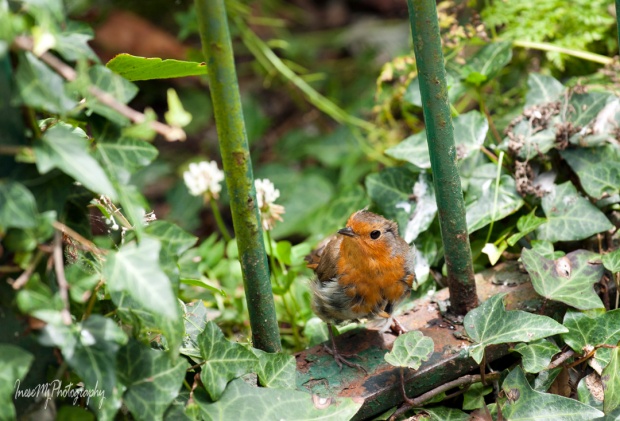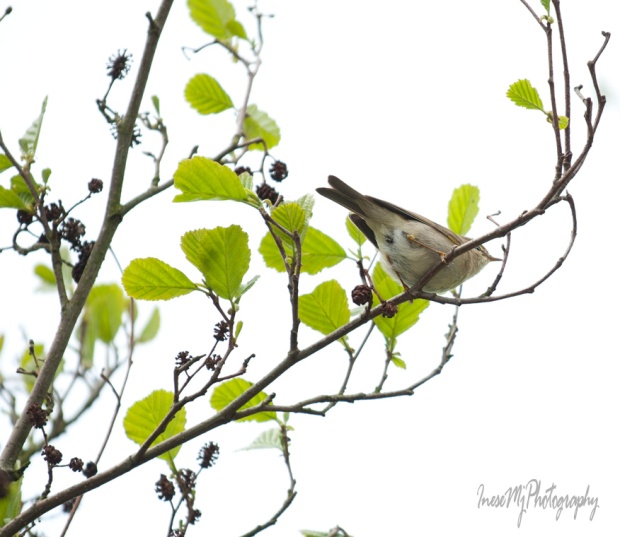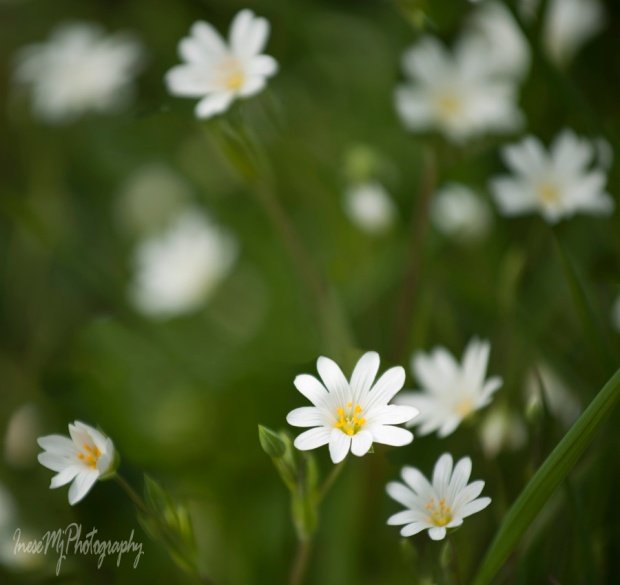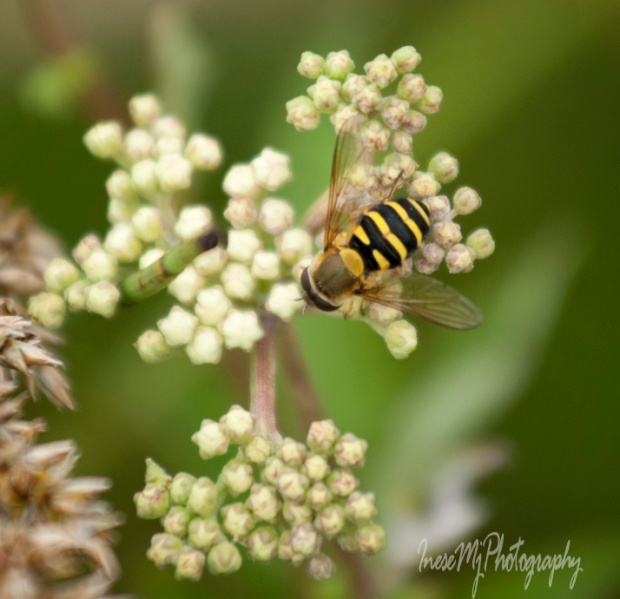We have walked 11 kilometres and deserve a break. Today’s walk is only 1 km long. The season is Autumn.
*
The Poulakerry Tower House is often called a castle, which is fine. There is no need to be over-specific when we speak about a 600 years old building that still stands and is lived in. You can also call it a keep.
The tower house was built by the Butler Fitzwilliams family to guard the crossing over the river, demand tolls, and who knows what else as they had a reputation of ‘robber barons’. During the Cromwellian invasion, the house was taken and its defenders killed. Majority of castles and keeps suffered from sieges and were left in ruins. Excellent location saved the Poulakerry tower house: it was repaired and used as a garrison. Over the centuries the house changed hands and was restored in the 1970s to become a family home.
The river makes an S-bend at the tower house. Peaceful fields lay on the north bank and the steep wooded slopes of the Comeragh Mountains rise on the south.
Robins here are fearless. You can stand pretty close with your camera and admire their Christmas Card cuteness.
Landscape House is another landmark. Built in the 1790-s as a part of the Mount Congreve Estate it was extended over the years. Somehow this property is associated with Captain Charles Cunningham Boycott, a British land agent, whose name became immortalized after he issued eviction orders to his tenants in Co Mayo. Nowadays evictions are not a novelty anymore, and no new words have been created… The Captain leased a farm in Tipperary, it is all I know. If I learn more about the ‘association’, I will update this post.
A legendary horse trainer and rider Phonsie (Alphonsus Septimus) O’Brian and his wife bought the house in the 1970’s after the sale of their Thomastown Castle property. You might also know their daughter’s company name – Lily O’Brien’s. Both the House and the chocolate & desserts company were sold in 2018.
This is the most beautiful stretch of the river.
The lower slopes of the Comeraghs adorned with yellow and red foliage.
Majestic Slievenamon stands on the opposite side of the river.
A couple of swans are glowing in the afternoon sun.
Not only the swans – myriads of mayflies are glowing like little lanterns (early September).
Another robin enjoying the warmth of sunlight.
The sun rolled behind the hill. Two egrets call it a day and depart for the trees.
Pied ( or Water) wagtail is a resident at the Poulaberry and Kilsheelan Bridge parts of the river.

We stop before the Garden and the bridge – more about these landmarks in my next blog post when we will walk to Gurteen de la Poer Castle you see under the bridge arch.
Thank you for reading and walking with me ❤
 Have a wonderful weekend!
Have a wonderful weekend!


























































 Have a wonderful weekend!
Have a wonderful weekend!














































 Have a wonderful weekend!
Have a wonderful weekend!



















 Have a wonderful week ahead!
Have a wonderful week ahead!